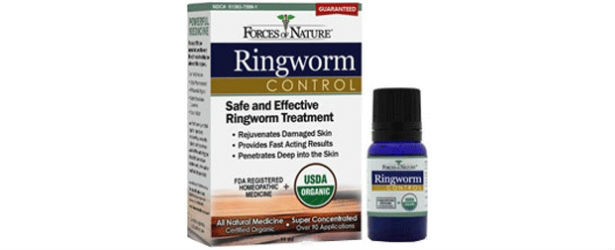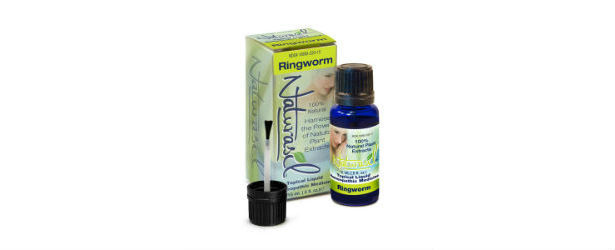
The Signs and Symptoms of Ringworm
When you discover a mark or rash on your body, it could be caused by a number of things. Dryness and eczema are common causes, but sometimes it could be that you are infected with ringworm. If you have established that it is not caused by an injury, dry skin or an allergy, then one of the possible causes is a fungus. Research shows that up to 7% of children in elementary schools are infected with the fungus that causes ringworm, so it is more common than you think. In fact, it is highly contagious.
 Body ringworm (officially called tinea corporis) can appear on the body, but also the face. As the name indicates, it is characterized by a ring-like rash. The following indicators or symptoms could help you determine if your rash is caused by this particular fungus:
Body ringworm (officially called tinea corporis) can appear on the body, but also the face. As the name indicates, it is characterized by a ring-like rash. The following indicators or symptoms could help you determine if your rash is caused by this particular fungus:
- If you live in a warm climate or exercise regularly. Tinea corporis is more common in hot, humid areas as the fungus thrives in these conditions. Locker rooms or indoor swimming pools also provide the ideal climate for this fungus to flourish.
- The lesion is circular, red and has elevated edges. It forms rapidly into the signature round shape, but the center may be clear. The lesions can become scaly, crusty or form fluid-filled areas that ooze. You will get small, bald patches forming if it affects your scalp.
- The size can range from small up to 2 inches across and can occur alone or in groups of up to four lesions.
- The rash is very itchy. When clothes rub against the rash it can irritate it, while sweating or humid air can also make the itching and infection worse.
- The affected patches are on your trunk, legs, arms, neck and face.
- If you have been exposed to children and cats, which are both common hosts, you are at higher risk of being infected with ringworm. If you have been in contact with an infected person, pet or surface, the ringworm lesion is likely to appear 4 to 10 days after the exposure.
 Because the rings spread out as they progress they can merge together, which can confuse the diagnosis. When ringworm appears on the face and neck the signature rings may also not be apparent, and instead the skin may be itchy, swollen and dry. It can also be difficult to diagnose ringworm when it affects the hands too. When the skin becomes thicker on the palm and between the fingers, this could indicate a ringworm infection.
Because the rings spread out as they progress they can merge together, which can confuse the diagnosis. When ringworm appears on the face and neck the signature rings may also not be apparent, and instead the skin may be itchy, swollen and dry. It can also be difficult to diagnose ringworm when it affects the hands too. When the skin becomes thicker on the palm and between the fingers, this could indicate a ringworm infection.
If you have any of these risk factors or symptoms, and are concerned you may be infected with ringworm, it is recommended you consult a medical practitioner for a formal diagnosis. This could include a skin scraping. A positive result will indicate to your doctor that you need a specific anti-fungal treatment, as this condition will not clear on its own.
TOP 5
RINGWORMTreatments |
|||||
| Ringworm Clear | Phytozine | DermaRiche | Naturasil | Forces of Nature | |
|---|---|---|---|---|---|
| 1 | 2 | 3 | 4 | 5 | |
| Price (1 bottle) Price (6 bottles) *Best Value |
$49.95 $139.80 |
$39.95 $215.73 |
$39.95 $215.73 |
$49.95 $269.73 |
$34.85 $188.19 |
| Overall Rating | 99.40% | 84.60% | 80.00% | 78.90% | 71.10% |
| Effectiveness |      |      |      |      |      |
| Speed of Results | Extremely Fast | Good | Average | Average | Slow |
| Quality of Ingredients | Premium | Good | Good | Average | Unknown |
| Customer Satisfaction Evaluation | 99.30% | 82.50% | 78.90% | 76.00% | 69.00% |
| Safety Evaluation | Safe for Use | Safe for Use | Safe for Use | Safe for Use | Safe for Use |
| Customer Service Rating |      |      |      |      |      |
| Reorder Rate | Highest | Good | Good | Average | Average |
| Return Policy | Risk Free | Risk Free | Risk Free | Risk Free | Risk Free |
| Success Rate | 99.30% | 81.00% | 78.50% | 75.30% | 69.00% |

 Subscribe Now
Subscribe Now











